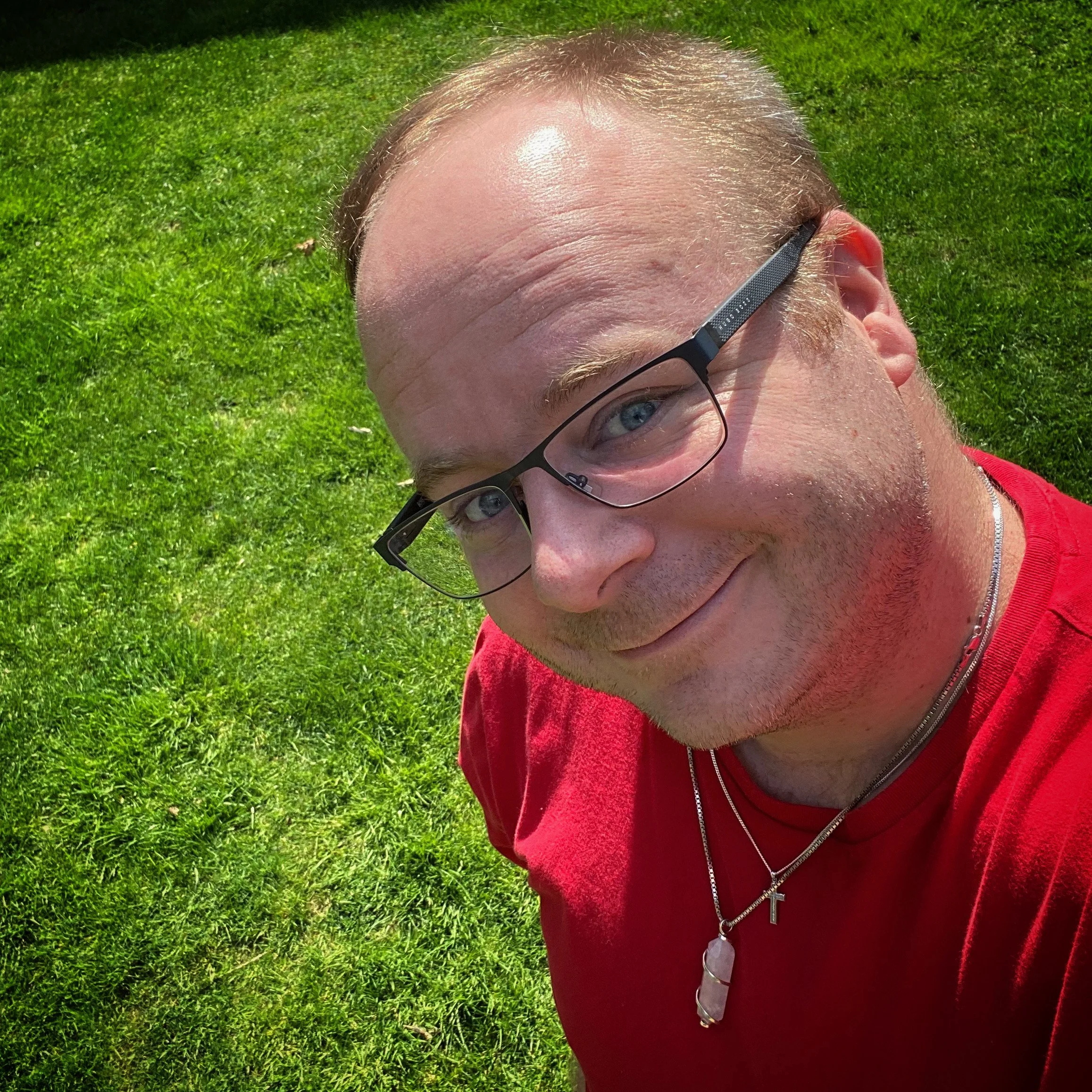2.1. SCIENTIFIC & INDIGENOUS PERSPECTIVES
This section discussed both scientific and indigenous perspectives regarding how and why Indigenous Peoples populated what is now known as the Americas. Ultimately, Joseph notes how exactly the Americas were populated prior to European Contact is not definitively known.
SCIENTIFIC PERSPECTIVES: LAND BRIDGE / BERING STRAIGHT THEORY
PALE - Paleoenvironmental Atlas of Beringer
10-12,000 years ago (during last ice age);
People from Asia crossed the “land bridge” (over the area now known as the Bering Straight) to populate the Americas;
Due to the glacial ice which made up the bridge, the Bering Straight Land Bridge may have been impassable due to glacial ice, until 12,000 years ago - which does not account for archaeological evidence that Indigenous Peoples were here before that.
FIGURE 2.1 > MAP > National Geographic.
Also see:
Hilleary, Cecily. “Native Americans Call for Rethink of Bering Straight Theory.” VOA News, 19 Jun 2017.
SCIENTIFIC PERSPECTIVE: CONTINUOUS MASS MIGRATION
Recent study has revealed that the Americas were populated by a series of mass migrations that started long before the last ice age - LONGER than 12,000 years ago.
SCIENTIFIC PERSPECTIVE: COASTAL MIGRATION / WATER CROSSINGS
This topic was not specifically discussed in the course, but is one theory I stumbled upon on YouTube, which discusses how some Indigenous First Nations Peoples may have reached Turtle Island by boat.
FIGURE 2.2.. > VIDEO > Science Magazine. “Most archaeologists think the first Americans arrived by boat. Now, they’re beginning to prove it.” YouTube, 11 Aug 2017.
INDIGENOUS PERSPECTIVES: CREATION STORIES
Most cultures including Indigenous cultures have creation stories which explain how people came to populate the world. The course specifically looked at the following creation stories:
Gwawaenuk Creatiom Story (Thunderbird)
Iroquois Creation Story (Turtle Island)
Inuit Creation Story (Raven)
Joseph described how:
“The great land of the Inuit is the Sea, the Earth, the Moon, the Sky, and the Stars. The Land and the Sea have no boundaries. It’s not mine, and it’s not yours. The Supreme Being put it there and did not give it to us. We were put there to be a part of it and share it with other Beings: the Birds, Fish, Animals, and Plants.”
The Internet and sites like YouTube have resources that share the other creation stories of other Nations. Here are two, of the Hopi, and the Ojibway:
FIGURE 2.3 > VIDEO > PBS. “Hopi Origin Story | Native America | Sacred Stories | PBS.” YouTube, 18 Oct 2018.
FIGURE 2.4 > VIDEO > FirstNationLiteracy. “The Ojibway Creation Story.” YouTube, 05 May 2011.

